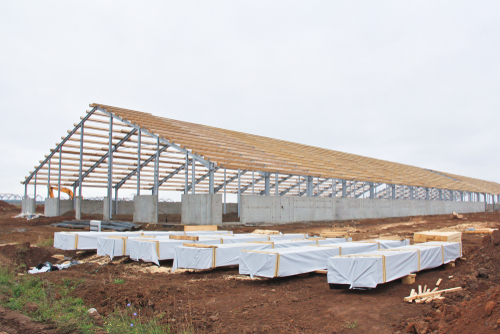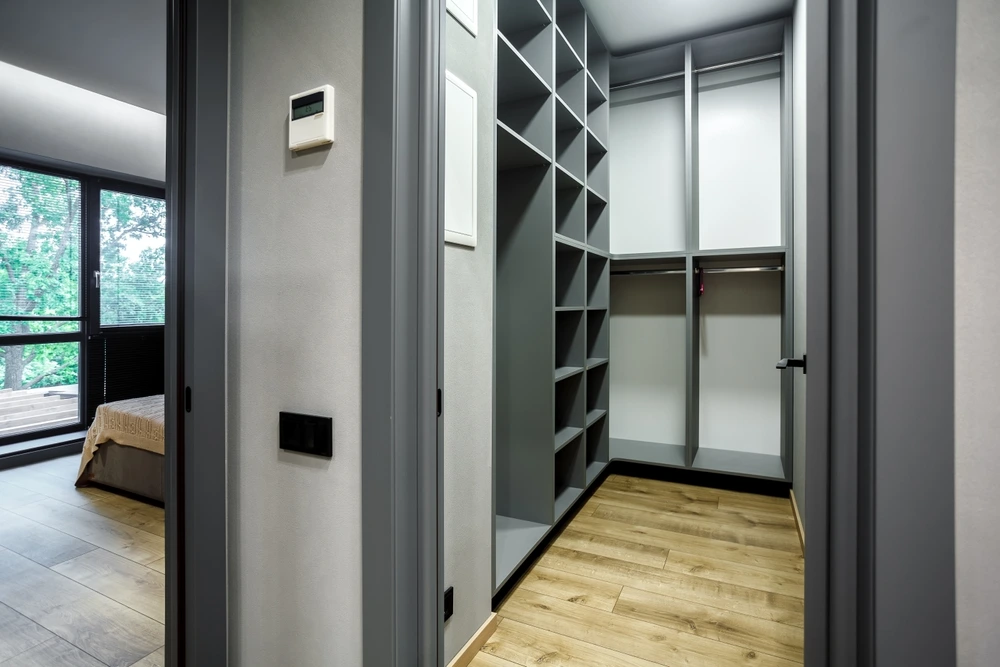July 26, 2024 - Benjamin Ehinger
Greenhouse Removal: Efficient Methods and Best Practice
CALL NOW 844-762-8449
Dismantling a greenhouse may seem daunting, but it’s achievable with the right approach. Whether you’re reclaiming space in your backyard or upgrading to a new structure, removing a greenhouse involves several key steps. The cost to remove a greenhouse typically averages $600-$2,000, depending on factors like the size and the method of demolition—whether by hand or machinery.
Proper planning is essential for a smooth removal process. Begin by renting a roll-off dumpster from Waste Removal USA to handle debris efficiently. Taking apart the greenhouse frame, disposing of glass or plastic panels, and removing any foundation work are crucial tasks that require careful attention to detail.
For those concerned about environmental impact, consider recycling materials whenever possible to reduce waste. By following these guidelines, you can successfully remove your greenhouse and make way for new projects.
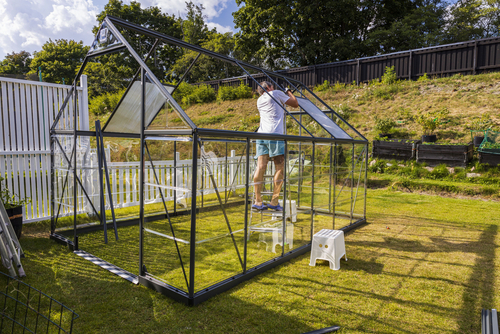 To dismantle a greenhouse, you need to follow a series of steps carefully to ensure safety and efficiency. Each part, from the roof to utilities, has its own specific process that must be followed.
To dismantle a greenhouse, you need to follow a series of steps carefully to ensure safety and efficiency. Each part, from the roof to utilities, has its own specific process that must be followed.
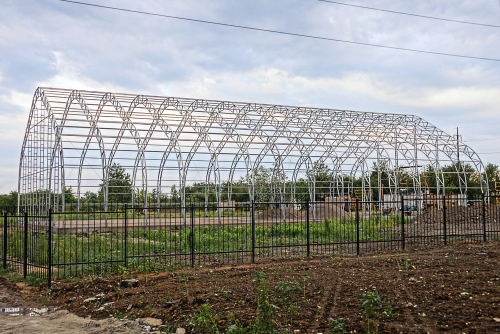 Removing a greenhouse involves various costs, which can vary depending on whether you opt to do it yourself or hire a professional service. Another significant factor is the expense of debris removal, with a home dumpster rental being a practical option.
Removing a greenhouse involves various costs, which can vary depending on whether you opt to do it yourself or hire a professional service. Another significant factor is the expense of debris removal, with a home dumpster rental being a practical option.
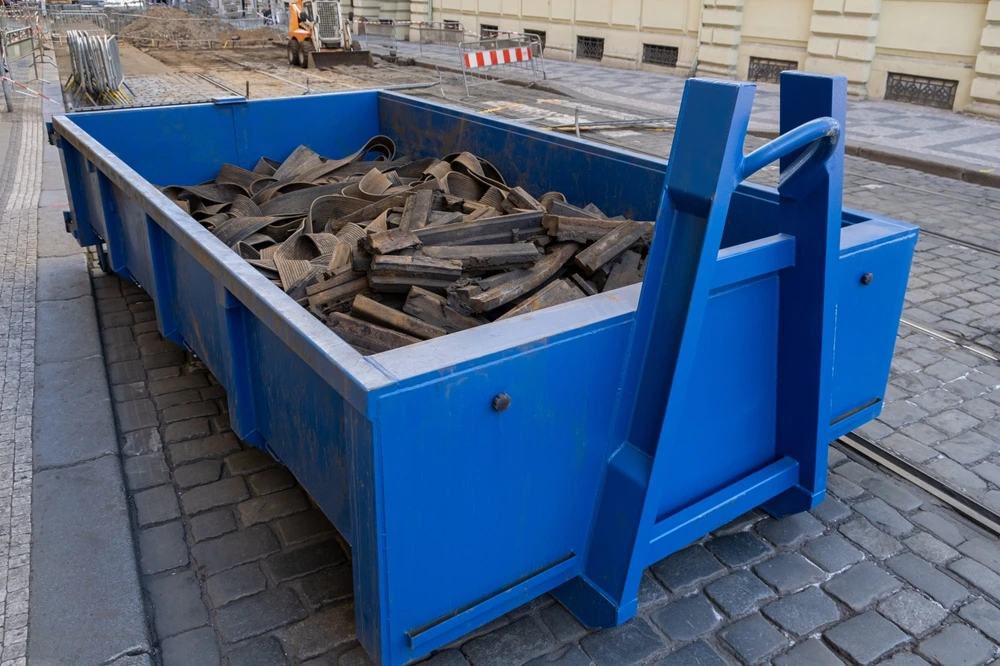 Waste Segregation on Construction Job Sites: Best Practices for Efficiency and Sustainability
Waste Segregation on Construction Job Sites: Best Practices for Efficiency and Sustainability
Date: September 06 ,2024
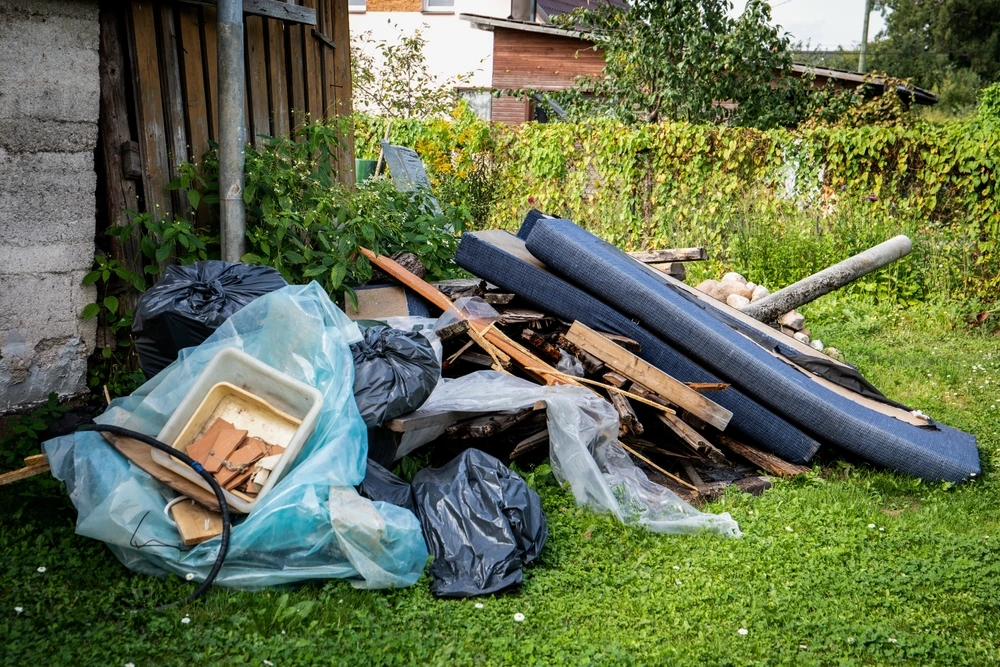 Junk Removal in Mount Pleasant SC: Efficient Services for a Cleaner Community
Junk Removal in Mount Pleasant SC: Efficient Services for a Cleaner Community
Date: September 06 ,2024
Key Takeaways
- Greenhouse removal costs range from $600-$2,000.
- Renting a roll-off dumpster from Waste Removal USA helps manage debris.
- Recycling materials reduces waste and environmental impact.
Types of Materials Used in Greenhouses
When considering materials for your greenhouse, it’s important to look at both the frame and the covering.Frame Materials
- Aluminum: Best for larger greenhouses, designed to last for decades and highly resistant to corrosion.
- Wood: Ideal for small-scale or DIY projects, offering natural aesthetics but requiring maintenance to prevent rot.
- Galvanized Steel: Provides a strong and affordable option, balancing durability and cost-effectiveness.
Covering Materials
- Glass: Known for its clarity and traditional appeal, although it can be heavy and prone to breaking. Ensure your structure is sturdy enough to handle the weight.
- Polycarbonate: A lightweight, durable plastic that offers good insulation and extended UV protection. Available in single and double layers for added insulation.
- Fiberglass: Offers durability and good light diffusion but can yellow over time, affecting light transmission.
- Polyethylene: Both the cheaper plastic film and heavier duty options offer flexibility in covering designs, but the film may need replacement more frequently.
Additional Considerations
For a well-ventilated and stable structure, you might need accessories like louvered vents, exhaust fans, and earth anchors. Sourcing these elements can streamline the process if you’re opting for DIY kits. Understanding the materials often used to build greenhouses can help when you have to take on a DIY project that includes greenhouse removal.Steps to Dismantle a Greenhouse
 To dismantle a greenhouse, you need to follow a series of steps carefully to ensure safety and efficiency. Each part, from the roof to utilities, has its own specific process that must be followed.
To dismantle a greenhouse, you need to follow a series of steps carefully to ensure safety and efficiency. Each part, from the roof to utilities, has its own specific process that must be followed.
Remove the Roof Portion
Start your dismantling by removing the roof portion. Wear protective gear to avoid any injuries from falling debris or glass. If your greenhouse has glass panes, carefully lift and remove each pane, beginning from the top. Use a ladder for stability and have a second person assist you. For a wooden roof, remove shingles or tiles and then unscrew or pry off the wooden framework. Always handle all materials carefully to avoid breakage or injury.Take out the Side Walls
Once the roof is removed, focus on the side walls. Begin with the glass or acrylic panels by unscrewing or unclipping them from the frame. It’s best to start from the top panels and work your way down. For greenhouses with solid walls, like wooden or polycarbonate, remove any screws or nails holding the panels in place. Lowering each panel gently is essential to prevent damage to the materials or yourself.Remove the Greenhouse Frame
To remove the frame, start by disassembling the joining mechanisms that hold the frame together. This usually involves unscrewing bolts and nuts or clipping apart connectors. Each section of the frame should then be taken apart, piece by piece. Depending on the material—be it aluminum, wood, or steel—use appropriate tools to assist in the dismantling. Make sure all bolts, screws, and smaller parts are collected in a container for ease of reassembly or disposal.Dismantle the Flooring
If your greenhouse includes flooring, such as gravel, wooden planks, or concrete, dismantle it next. For gravel floors, use a shovel to lift and remove the gravel. For wooden floors, unscrew and lift each plank. If the floor is made of concrete, this will require more effort and possibly specialized tools to break it apart. Clear away all debris and ensure the area is tidy. Pay attention to how the flooring was installed, which can provide clues on the best way to dismantle it.Disconnect any Utilities
Finally, ensure that any utilities connected to the greenhouse are properly disconnected. This may include electrical connections, water lines, and heating systems. Ensure that any electrical supply is turned off at the source before disconnecting. For water lines, shut off the main water valve and disconnect the pipes. If the greenhouse has a heating system, follow the manufacturer’s guidelines to dismantle it safely. Each utility should be carefully labeled and stored if you plan on reusing them in a new location.Cost to Remove a Greenhouse Structure
 Removing a greenhouse involves various costs, which can vary depending on whether you opt to do it yourself or hire a professional service. Another significant factor is the expense of debris removal, with a home dumpster rental being a practical option.
Removing a greenhouse involves various costs, which can vary depending on whether you opt to do it yourself or hire a professional service. Another significant factor is the expense of debris removal, with a home dumpster rental being a practical option.
DIY Approach to Removal
Taking the DIY route can save you money but requires time and effort. You will need the right tools, such as pliers, screwdrivers, and safety gear. Be prepared for labor-intensive work, especially if the greenhouse has a base or foundation that needs to be dismantled. The average cost for a DIY greenhouse removal, considering tool rentals and disposal fees, ranges from $300 to $400. This estimate is for a small-sized greenhouse and can increase with larger structures. Ensure you follow safety guidelines to prevent injuries.Using a Dumpster Rental for the Debris
Renting a dumpster is a convenient option for managing debris. The size of the dumpster should match the scale of your project. For most greenhouse removals, a 10-yard dumpster to 20-yard dumpster is sufficient. Typical rental costs range from $200 to $500, depending on duration and capacity. Advantages:- Speed: Quick removal of debris.
- Convenience: Minimal trips to disposal sites.
- Cost: Additional fee on top of removal expenses.
- Space Requirement: Requires space to place the dumpster.
Frequently Asked Questions
Removing a greenhouse involves understanding costs, dismantling steps, relocation possibilities, rebuilding considerations, proper disposal methods, and challenges specific to glass greenhouses.What factors affect the cost of greenhouse removal?
The cost of removing a greenhouse can vary based on the size, material, labor rates, and any special handling requirements for hazardous materials. Additionally, disposal fees for waste materials can impact the overall expense.What are the steps to safely dismantle an aluminium greenhouse?
To safely dismantle an aluminium greenhouse, start by removing all internal components and plants. Disassemble the frame carefully, starting with the roof and working downwards. Use proper tools and safety gear to avoid injuries.Can a greenhouse be relocated, and what is the best method?
Yes, a greenhouse can be relocated. The best method involves dismantling the structure into manageable parts, transporting them to the new location, and reassembling them. Ensure the new site is prepared and level before rebuilding.What are the considerations for rebuilding a greenhouse?
When rebuilding a greenhouse, consider the foundation, site orientation for optimal sunlight, and local climate. Ensuring proper ventilation and selecting materials suited for the environment are essential for a successful rebuild.What is the recommended way to dispose of old greenhouse materials?
Dispose of old greenhouse materials by recycling metals like aluminium and glass whenever possible. Non-recyclable materials should be taken to appropriate disposal facilities. Always follow local regulations for waste disposal.What are the challenges associated with moving a glass greenhouse?
Moving a glass greenhouse poses challenges such as the risk of glass breakage and ensuring all parts are securely transported. Proper padding and careful handling are crucial to prevent damage during the move.RECENT BLOGS
 Waste Segregation on Construction Job Sites: Best Practices for Efficiency and Sustainability
Waste Segregation on Construction Job Sites: Best Practices for Efficiency and Sustainability
Date: September 06 ,2024
 Junk Removal in Mount Pleasant SC: Efficient Services for a Cleaner Community
Junk Removal in Mount Pleasant SC: Efficient Services for a Cleaner Community
Date: September 06 ,2024
Our Reviews
Brian Healy
1725553543
Heather was so very pleasant, informative and charming. Next time… I will use you again.
Brandi Childers
1724853716
Ricardo helped me with my reservation. He made everything super clear and answered all my questions to help me pick the right dumpster to rent!
Steven Hewett
1724785537
Heather made the sales and scheduling experience extremely easy. Thank you for having great employees that care about conducting great business.
Jackson Vandiver
1724703158
Great service and fantastic customer service department. I would use them again.
kristin hester
1723492493
Vanessa was amazing!
LATEST BLOGS

